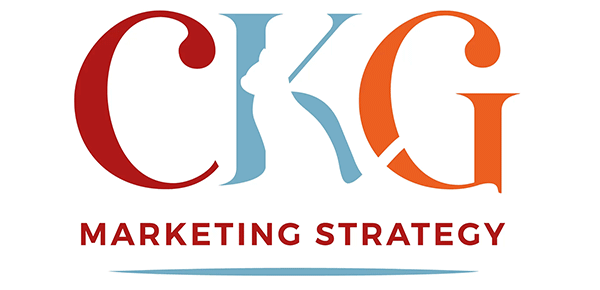How To Set Goals For Success
Goal setting should be part of any business growth. Without setting goals, there is no direction, no end point, no result to tell you you’re on the right path. But setting the right goals is equally important. Woolly, vague goals give you a false sense of security – you feel like you’re on a
mission, but you still have no definitive result, time or destination in mind.
SMART goals are goals that give you very definite direction. There are specific enough to guide you and let you know if you got there. The word SMART is actually an acronym that describes the attributes a goal should have to be of any use.
It stands for Specific, Measurable, Attainable, Relevant and Time-based. Let’s dive into what each should contain to be considered smart.
Specific
The detail in a smart goal makes them more achievable, simply because it is specific. If you only define your goal as having a successful business, how do you know what this means, when you achieve it and what actions to take to get there?
In order to give yourself a better chance of ‘success’, you need to define what that means. Continue to break success down until you have a measurable goal.
For example, for success you need more sales. For more sales, you need more conversions. For conversions, you need prospects. And for prospects, you need more people to see your business. So, you might start with increasing brand awareness.
Measurable
The specific goal above sounds great, but you still won’t know when you’ve achieved it. To do this, it needs to be measurable.
The measurement can be anything that will bring you insights or show you are on the right track.
The easiest way to do that in this context is to give it a percentage rise that you can track. So the goal is now to increase brand awareness by 20%.
By making it quantifiable, you can see the progress that is being made and make adjustments if it is not.
Attainable
An attainable goal is realistic. While it’s important to think big and not to limit yourself with beliefs that don’t help you grow, you also need to stay within the realms of what is possible.
As a new business, for example, you would not set yourself a goal of earning £1m profit in a year, or to grow your following to 2 million in the next 6 months.
Knowing your own numbers will help too. If we look at our goal of increasing brand awareness by 20%, what is your starting point? There’s a difference if you start from 3 customers or 300.
Aim high, but remain realistic.
Relevant
Looking at the bigger picture, does the goal help you move towards it. In other words, is it relevant to where you want to go with your business.
For example, focusing on growing an Instagram following when all your clients use LinkedIn makes it irrelevant to your end goal of attracting customers.
Time-based
Give yourself a time limit for when the goal should have been reached. If there’s no time limit, there is no urgency to move the goal towards completion, and therefore things can grind to a halt.
Keep in mind the ‘attainable’ field when planning your time limit. Make sure the time you allocate is short enough to push you forward, but long enough to give you a chance of success.
This goal – increase brand awareness by 20% in 6 months – ticks all the boxes of a SMART goal and tells you where to focus your efforts.
What next?
Once you have clearly defined goals written down, you can then plan how you are going to achieve them.
If you need help creating goals and planning your marketing, get in touch with Cat: cat@ckgmarketing.co.uk





